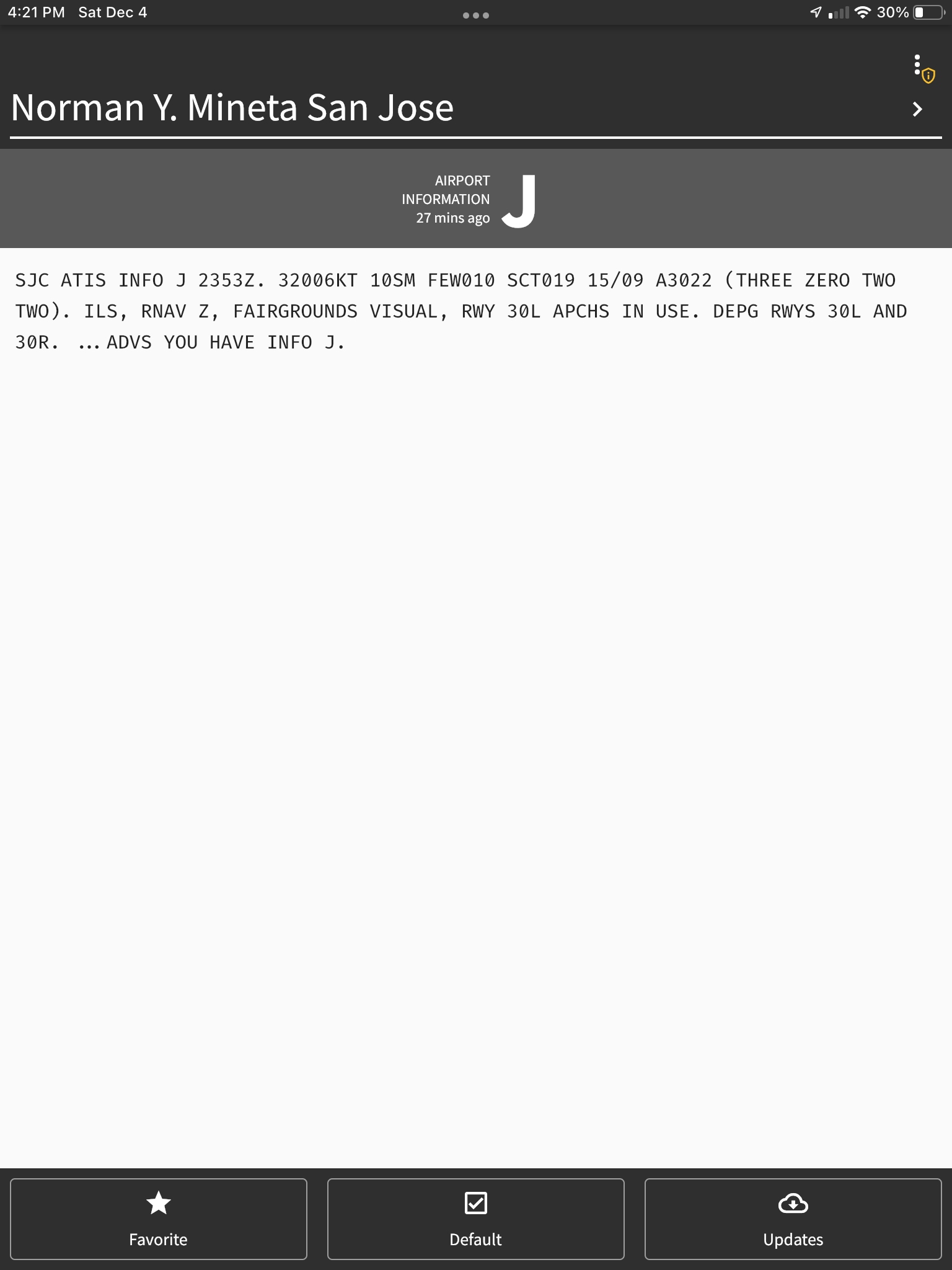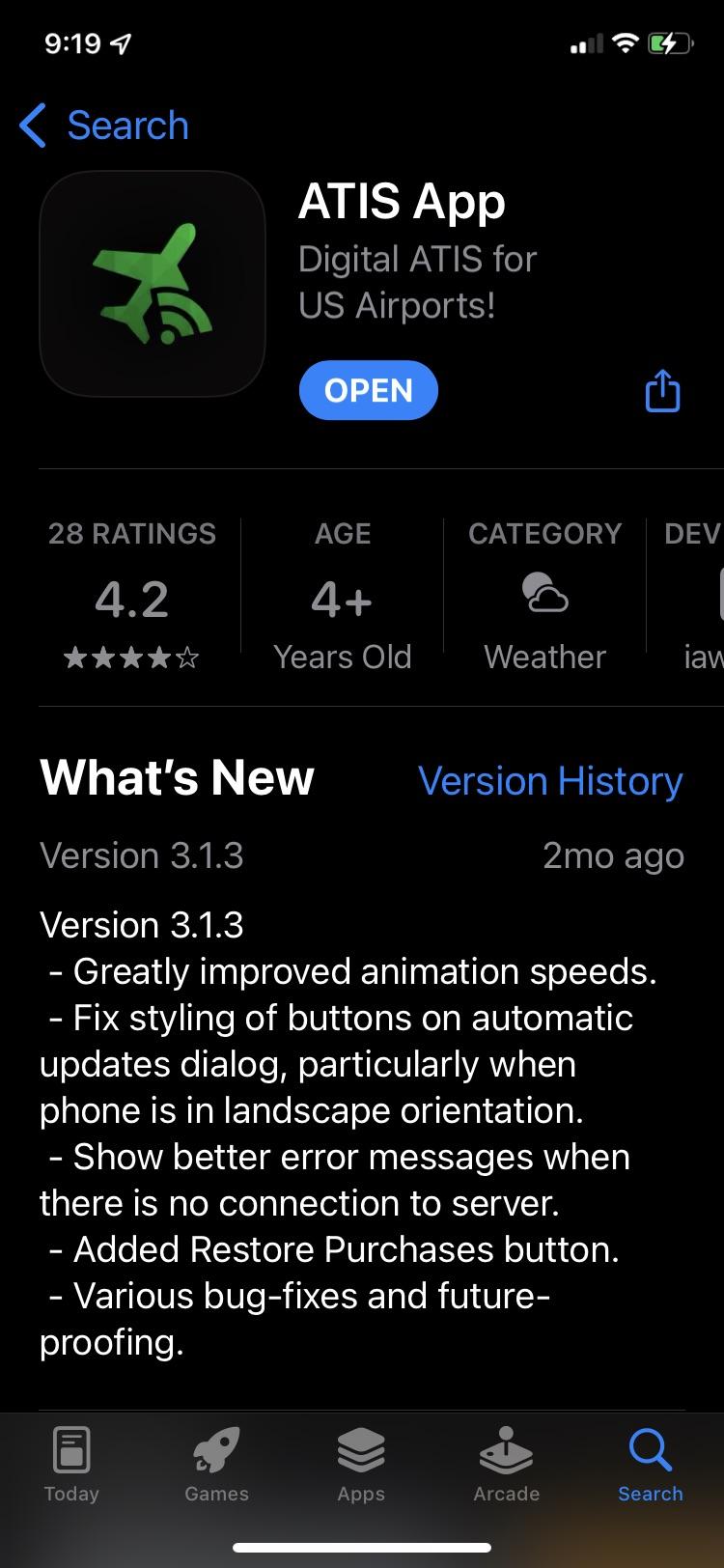RussR
En-Route
As most of you know, I am an experienced CFI and pilot and have been flying for quite some time. I do not do Primary training any more, and as a result all of my flying is with experienced pilots (some obviously more experienced than others).
I've noticed a wide variety in how much of the ATIS/AWOS info they write down.
Some write down everything. Maybe they use the Foreflight scratchpad template or some other form, and dutifully fill out each item, to include time of the observation, dewpoint, density altitude, etc. I have seen them listen to it a second or third time to make sure everything on the template is filled in.
Others write down some, but not all of the info, I assume deciding what they think is important for that day.
When I am acting as a pilot, I really almost never write any of it down. Not because I have the greatest memory or anything, but I treat it like this:
- Up until the wind there is nothing worth writing down.
- Wind - I may write it down if it's going to take some figuring to determine what runway to use. But normally, knowing that the wind is from the south-ish at 15 knots-ish is sufficient for me.
- Visibility/Weather/Sky Condition/Temperature/Dewpoint - typically, I would say that writing these down doesn't matter much unless maybe the visibility and ceiling are marginal for an approach.
- Altimeter setting - I'll put it in the altimeter as it's being said, so no need to write it down.
So, am I being overly lax in my lack of writing anything down? What do you do? Why do you do it (whatever method it is)? Should I change my method? I'm open to discussion on this.
I've noticed a wide variety in how much of the ATIS/AWOS info they write down.
Some write down everything. Maybe they use the Foreflight scratchpad template or some other form, and dutifully fill out each item, to include time of the observation, dewpoint, density altitude, etc. I have seen them listen to it a second or third time to make sure everything on the template is filled in.
Others write down some, but not all of the info, I assume deciding what they think is important for that day.
When I am acting as a pilot, I really almost never write any of it down. Not because I have the greatest memory or anything, but I treat it like this:
- Up until the wind there is nothing worth writing down.
- Wind - I may write it down if it's going to take some figuring to determine what runway to use. But normally, knowing that the wind is from the south-ish at 15 knots-ish is sufficient for me.
- Visibility/Weather/Sky Condition/Temperature/Dewpoint - typically, I would say that writing these down doesn't matter much unless maybe the visibility and ceiling are marginal for an approach.
- Altimeter setting - I'll put it in the altimeter as it's being said, so no need to write it down.
So, am I being overly lax in my lack of writing anything down? What do you do? Why do you do it (whatever method it is)? Should I change my method? I'm open to discussion on this.




